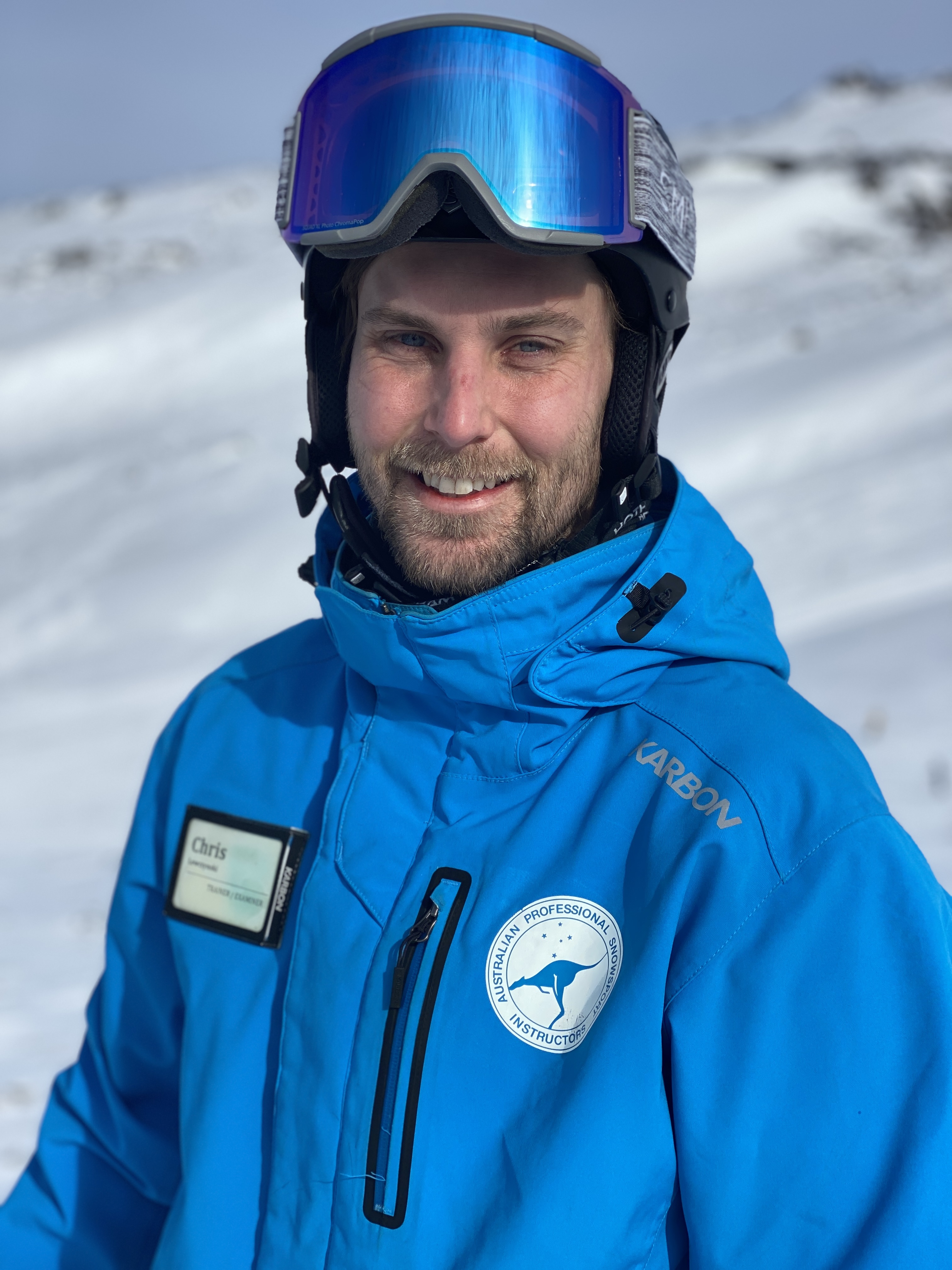 |
SWITZERLAND Types of Telemarkers |
By Chris Lewczynski
For the 2019 Interski congress in Bulgaria, the Swiss distributed a telemark survey to interski participants and skiers within the Swiss telemark community. One of the goals of the survey was to establish the goals of telemark skiers. From this, the Swiss devised the four types of telemark skier:
- The Traditionalist. This type of skier has been telemarking for a long time. Potentially using older equipment. From a style perspective aims for the more old school long telemark position, performance is not a driving factor and wants to ski the entire mountain.
- The Backcountry Telemarker. This skier is predominantly motivated by skiing off piste, however, they will ski groomed runs. From a teaching perspective they want to learn skills that will enable them to be more efficient in variable conditions and ski harder terrain.
- The Piste Performer. This telemarker wants to get the most performance out of their skis. The goals for this skier is skiing efficiently, with high edge angles and in variety of turn shapes. This skier is happy to do drills and wants to ski on groomed runs.
- The New Schooler. This telemarker wants to ski the entire mountain including the terrain park. The skier is motivated by being able to ski the entire mountain in their own style. Carving, freestyle, jumping and telemarking switch are fun and are part of the experience.

Each type of skier has a different set of aspirations in terms of style of how they want to telemark, skiing outcomes and what type of terrain they wish to ski. This has become the starting point for the Swiss Telemark teaching system to create “Great Telemark Experiences”. On Swiss telemark instructing courses, each day is focused around teaching one of these specific “types of telemarker”. This gives instructors the tools to create individualised experiences, centred around the goals of the student. Furthermore, this gives instructors the knowledge and tools to introduce students how to ski in different styles and terrain, building adaptability in skiers.
From my experience in the Australia, I think that most telemarkers broadly fit into one or two of the Swiss “types”. The APSI has a similar approach with the concept with the “telemark styles”, in which we teach instructors to be aware of the strength and weakness of different styles of telemarking and how to teach people in their preferred style. The strengths of the Swiss system is that it encourages instructors to engage cognitively with students through a style of telemark which can help strengthen a relationship with the guest. The concept of building a typology of learner is not new, as demonstrated by VARK utilised with APSI. However, extending a typology to a type of “skier/rider” is a new application. I find this “typology” application intriguing and it has a lot of potential to be expanded across the disciplines of alpine, snowboard, telemark, people skills and instructor.